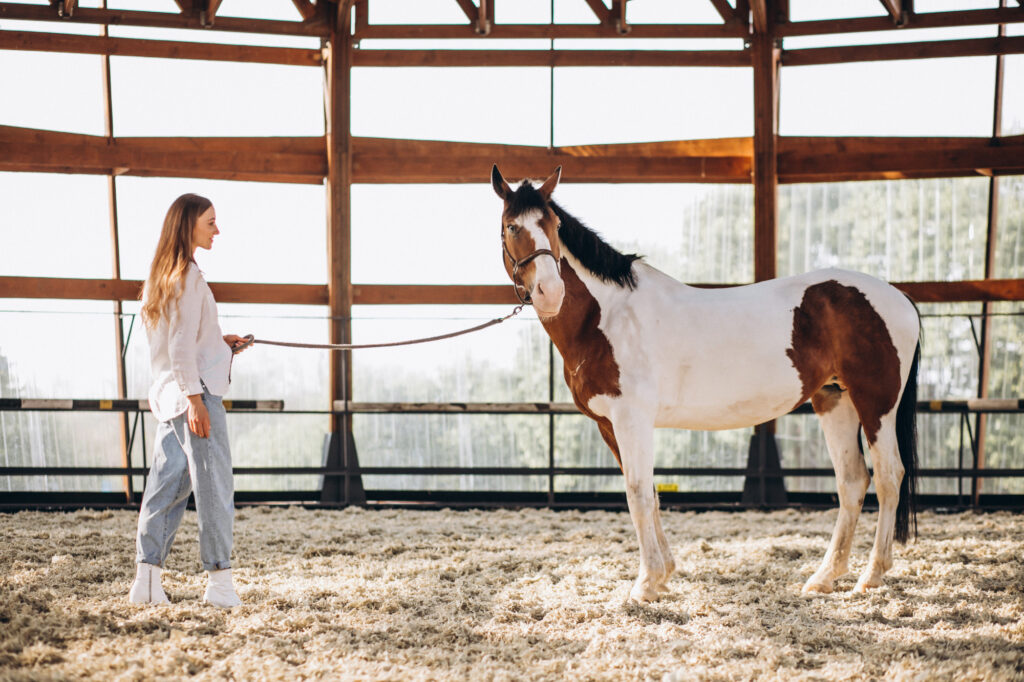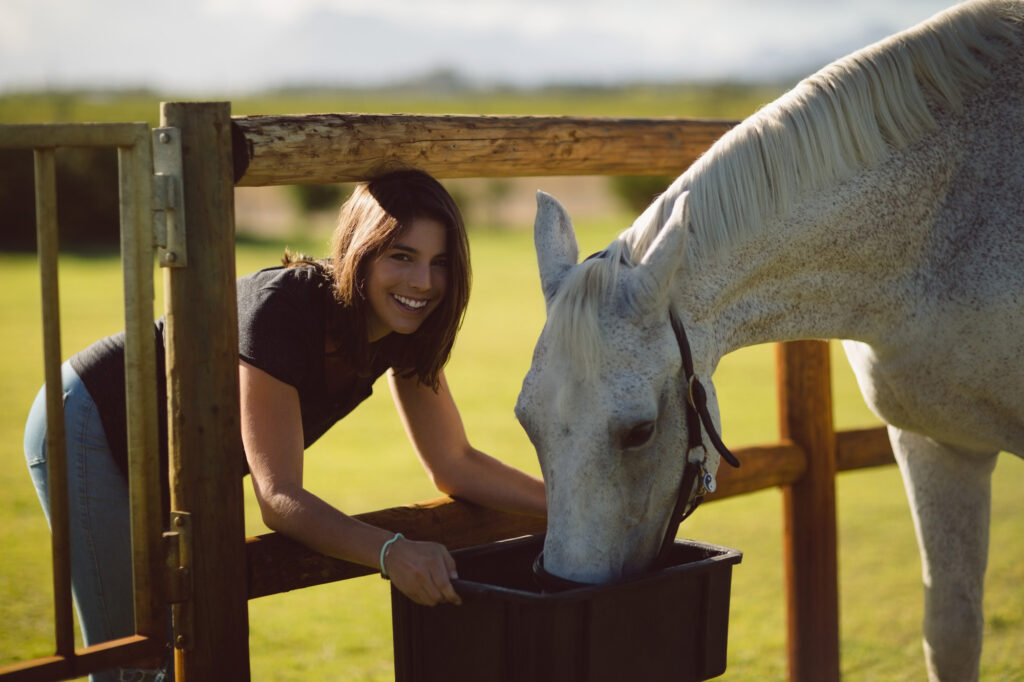Introduction
We will provide you with valuable insights and expert advice to help you optimize your horse’s conditioning, successfully start a new distance equine, and ensure a smooth transition into your first ride and beyond. Whether you are a seasoned rider or a beginner, this guide will equip you with the necessary knowledge to excel in horse preparation. Let’s dive in!
Conditioning
Proper conditioning is paramount when it comes to preparing your horse for any equestrian activity. It involves a systematic approach to gradually build strength, endurance, and flexibility. Here are some key aspects to consider:
1. Establish a Consistent Exercise Routine
Develop a regular exercise routine that suits your horse’s fitness level and the specific demands of the activity you plan to engage in. Consistency is key, as it allows your horse to adapt gradually and reduce the risk of injury. Start with shorter sessions and gradually increase the duration and intensity over time.
2. Focus on Cardiovascular Fitness
Cardiovascular fitness plays a crucial role in a horse’s overall performance. Incorporate exercises such as trotting, cantering, and galloping to improve your horse’s heart and lung capacity. Interval training, alternating between periods of intense activity and recovery, can be particularly effective in enhancing cardiovascular fitness.
3. Strength and Flexibility Training
Include exercises that target specific muscle groups, such as hill work, cavaletti exercises, and lateral movements. These activities help build strength, improve coordination, and increase flexibility. Additionally, incorporating regular stretching exercises can enhance your horse’s range of motion and prevent muscle stiffness.
Starting a New Distance Equine
If you’re embarking on the journey of starting a new distance equine, careful planning and preparation are essential. Here are key considerations to ensure a successful transition:
1. Evaluate Your Horse’s Fitness Level
Before beginning any training program, assess your horse’s current fitness level. Take into account factors such as age, previous training, and overall health. This evaluation will help you customize a training plan that suits your horse’s specific needs.

2. Gradual Introduction to Distance Work
Start with short distances and gradually increase the mileage over time. This approach allows your horse’s body to adapt and minimizes the risk of injury. Pay attention to signs of fatigue or stress, and always prioritize your horse’s well-being.
3. Nutrition and Hydration
A well-balanced diet is crucial to support your horse’s energy requirements during training. Ensure they have access to clean water at all times and provide a diet rich in quality forage, supplemented with appropriate grains or concentrates as needed. Consult with a veterinarian or equine nutritionist to create a diet plan tailored to your horse’s needs.

Your First Ride and Beyond
Congratulations on reaching the stage of your first ride with your prepared horse! To ensure a positive experience and ongoing success, keep the following in mind:
1. Ride Preparation
Before heading out for your first ride, conduct a thorough equipment check to ensure everything is in proper working condition. Groom your horse, paying attention to areas prone to saddle sores or rubbing. Double-check the fit of your saddle and bridle, ensuring they are comfortable and properly adjusted.
2. Start with Short Rides
For your horse’s initial rides, keep them short and gradually increase the duration and intensity over time. This allows your horse to acclimate to different environments, terrain, and riding conditions. Observe your horse for any signs of discomfort or distress during and after the ride.
3. Monitor Progress and Adjust Accordingly
Regularly assess your horse’s progress and make adjustments to your training plan as necessary. Every horse is unique, and it’s essential to remain flexible in your approach. Monitor their physical and mental well-being, and consult with professionals if you encounter any challenges or concerns.
Conclusion
Preparing your horse for any equestrian endeavor requires a systematic and well-thought-out approach. By focusing on conditioning, starting a new distance equine, and ensuring a successful first ride and beyond, you set the stage for a rewarding partnership with your horse. Remember to prioritize your horse’s well-being, seek professional guidance when needed, and enjoy the journey together. Happy riding!
